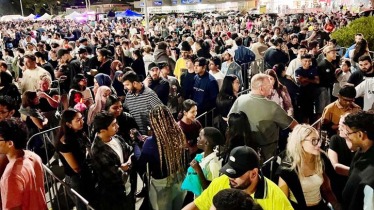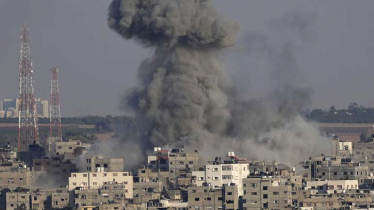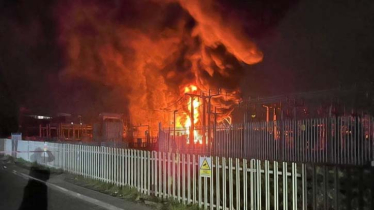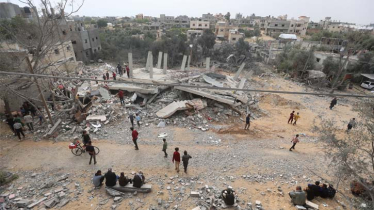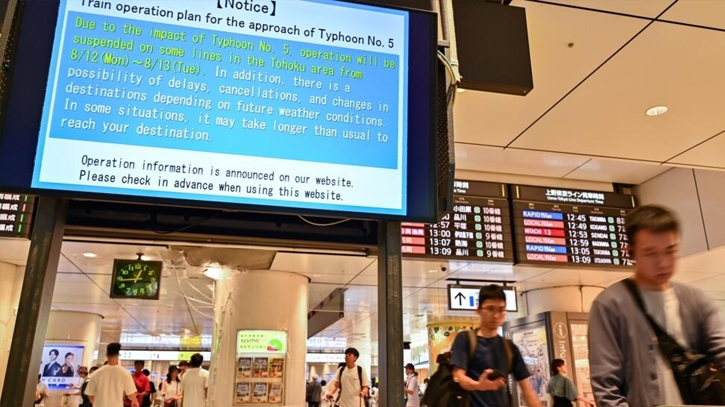
Photo: Collected
Hundreds of Japanese flights and trains were cancelled Thursday in the middle of a major holiday week as another typhoon roared towards the archipelago.
Days after Tropical Storm Maria dumped record rains, Typhoon Ampil was set late Thursday to skirt the Tokyo region -- home to almost 40 million people -- and then churn up the Pacific coast on Friday and Saturday.
ANA cancelled some 280 domestic flights due on Friday affecting more than 60,000 passengers, while Japan Airlines scrapped 191 domestic and 26 international services, hitting 38,600 customers.
Major parts of Japan's network of bullet train services are also scheduled to be cancelled on Friday -- including the busy section between Tokyo and the central city of Nagoya.
Ampil -- and Maria before it -- comes as Japan marks the "obon" holiday week when millions return to their hometowns.
At 9:00 am (0000 GMT), Ampil was 300 kilometres (190 miles) off the remote Pacific island of Chichijima, packing gusts up to 180 kilometres per hour.
Categorised as "strong", Ampil -- which means tamarind in Cambodia's Khmer language -- was forecast to head back out into the Pacific on Saturday and Sunday.
"We urge the public to stay informed about evacuation advisories and take early steps to seek safety," Disaster Management Minister Yoshifumi Matsumura told a regular briefing.
The weather agency warned residents of eastern regions of possible violent gusts, flooding, overflowing rivers and landslides.
Japan regularly experiences major typhoons which can cause fatal landslides.
Typhoons in the region are forming closer to coastlines, intensifying more rapidly and lasting longer over land due to climate change, according to a study released last month.
Researchers from universities in Singapore and the United States analysed more than 64,000 modelled historic and future storms from the 19th century through the end of the 21st century to come up with the findings.
Messenger/Disha

